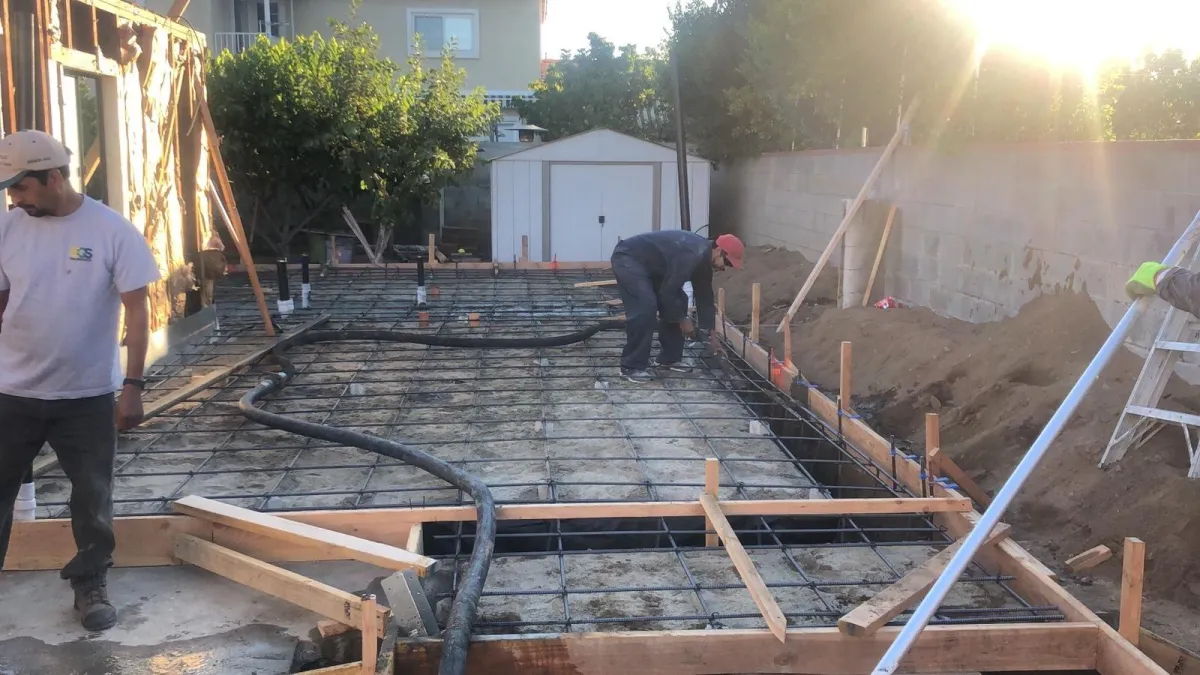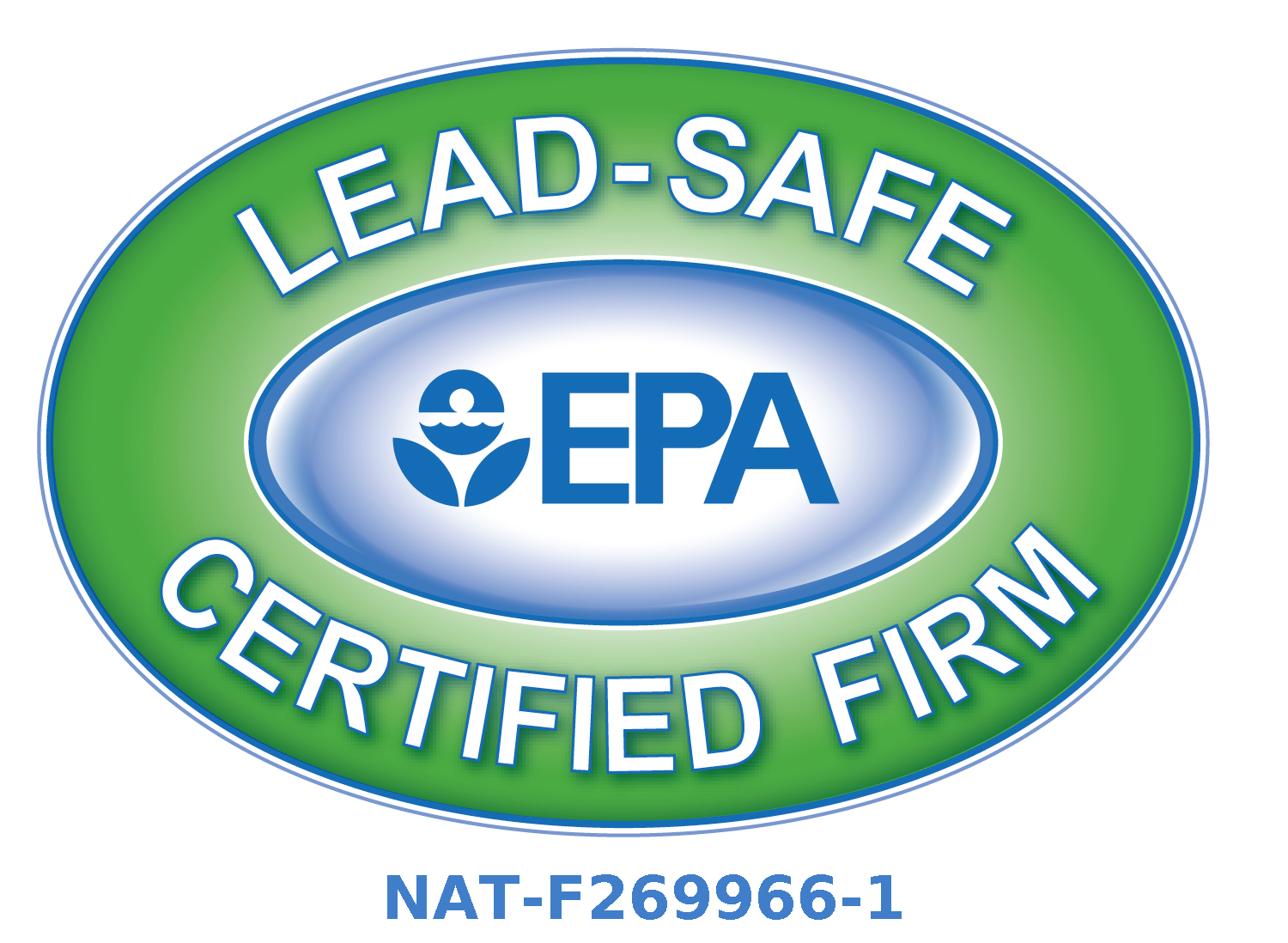Knowledge Center: Your Go-To Resource for ADUs and Tiny Living
Knowledge Center: Your Go-To Resource for ADUs and Tiny Living
Email [email protected]
Phone 860-TINY-HOM (es)

What are the most common mistakes made when planning an ADU?
Planning and building an ADU on your property can be a rewarding venture, providing additional living space, rental income, and potential property value appreciation. However, many homeowners make common mistakes during the planning process that can lead to delays, cost overruns, and regulatory issues.
In this article, we explore some of the most prevalent errors that homeowners make when considering an ADU project, from overlooking zoning regulations to underestimating costs and maintenance requirements. By understanding these pitfalls, homeowners can navigate the ADU planning process more effectively and avoid potential setbacks along the way.
Lack of Research and Understanding of ADU Regulations
Not Familiarizing Themselves with Local Zoning Laws
One common mistake homeowners make when planning an ADU is not taking the time to understand the local zoning laws. Before diving into the project, it's crucial to research and ensure that the property is compliant with regulations regarding ADU construction.
Failure to Research ADU Size and Placement Regulations
Another pitfall is overlooking ADU size and placement regulations. Homeowners must familiarize themselves with the restrictions on the size of the ADU and its location on the property to avoid costly mistakes down the line.
Underestimating Costs and Budgeting Errors
Ignoring Hidden Costs in ADU Construction
Underestimating the costs associated with building an ADU is a prevalent mistake. Homeowners often forget to account for hidden expenses such as utility connections, landscaping, or upgrades that can significantly impact the budget.
Underestimating Permitting and Planning Costs
Additionally, overlooking permitting and planning costs can lead to budgeting errors. Obtaining the necessary permits and going through the planning process can incur expenses that should not be underestimated when budgeting for an ADU project.
Ignoring Zoning and Permitting Requirements
Failure to Obtain Necessary Permits for ADU Construction
One major mistake is failing to acquire the required permits for ADU construction. Ignoring this crucial step can result in fines, delays, or even legal issues, emphasizing the importance of complying with zoning and permitting requirements.
Disregarding Setback Requirements and Property Boundaries
Disregarding setback requirements and property boundaries is another pitfall. Homeowners must be mindful of these regulations to ensure that the ADU is placed correctly on the property, avoiding any conflicts or issues in the future.
Overlooking Design and Functionality Considerations
Not Tailoring ADU Design to Specific Needs and Requirements
A common mistake is not customizing the ADU design to meet specific needs and requirements. Each homeowner's situation is unique, and the ADU should be tailored to accommodate their lifestyle and preferences for optimal functionality.
Ignoring Design Elements That Enhance Livability and Resale Value
Lastly, overlooking design elements that enhance livability and resale value is a missed opportunity. Considering factors like natural light, storage space, and overall aesthetics can not only improve daily living in the ADU but also increase its appeal to potential buyers in the future.
DIY vs. Hiring Professionals: Pros and Cons
Benefits and Challenges of DIY ADU Construction
So, you've got the itch to DIY your ADU. But, before you break out the power tools, remember: DIY projects can quickly turn into DI-Why-Did-I-Think-I-Could-Do-This disasters. From budget blowouts to endless trips to the hardware store, DIY ADU construction isn't all sunshine and rainbows.
Advantages and Considerations of Hiring Professionals for ADU Projects
On the flip side, hiring professionals might sound like an expensive route, but they bring expertise, speed, and sanity to the table. Sure, you won't have those "look at what I built" bragging rights, but you'll have a sturdy, up-to-code ADU without the headache.
Overlooking Utility Connections and Infrastructure Needs
Failure to Plan for Water, Electricity, and Sewage Connections
Picture this: your dream ADU is complete, but you forgot to hook up the essentials like water, electricity, and sewage. Oops! Don't let your ADU become a glorified shed - plan those connections ahead of time, or you'll be stuck showering under a garden hose.
Not Considering Heating, Cooling, and Insulation Requirements
So, you've got your utilities sorted, but don't forget about keeping your ADU cozy in winter and chill in summer. Ignoring heating, cooling, and insulation needs can turn your ADU into an oven in July and a freezer in January. Nobody wants that, unless you're training to become a human popsicle.
Overestimating Rental Income and Return on Investment
Common Pitfalls in Projecting ADU Rental Income
Many homeowners fall into the trap of overestimating how much moolah their ADU will rake in. Avoid the disappointment by crunching realistic numbers, unless you're hoping to strike gold with your ADU renter winning the lottery.
Factors That Impact the Return on Investment for ADU Construction
Return on investment is like the holy grail of property ownership. But factors like construction costs, rental demand, and local regulations can make or break your ADU investment dreams. So, before you swim in a pool of dollar bills in your mind, make sure your ROI expectations are grounded in reality, not in a fantasy world where unicorns pay rent.
Neglecting Maintenance and Long-Term Sustainability
Importance of Regular Maintenance for ADU Structures
Neglecting maintenance on your ADU can lead to a whole lot of trouble down the road. From leaky roofs to creaky floors, regular upkeep is key to keeping your ADU shipshape. So, grab that toolbox and get ready to adult like a pro.
Sustainable Practices for Long-Term ADU Durability
Sustainability isn't just a buzzword it’s a way of life for your ADU. Embrace eco-friendly practices like energy-efficient appliances, proper insulation, and maybe even a rooftop garden if you're feeling fancy. By going green, you'll not only save the planet but also save yourself some green in the long run.
Closing Thoughts
Proper planning and thorough research are crucial when embarking on an ADU project. By avoiding common mistakes such as neglecting zoning regulations, underestimating costs, or overlooking design considerations, homeowners can set themselves up for a successful ADU construction process. Whether opting for a DIY approach or hiring professionals, it is essential to prioritize compliance with regulations, realistic budgeting, and long-term sustainability. By learning from the missteps of others and staying informed, homeowners can turn their ADU vision into a valuable and harmonious addition to their property.
FAQ
What are the common zoning regulations that homeowners should be aware of when planning an ADU?
Zoning regulations may include restrictions on ADU size, setback requirements, parking considerations, and occupancy limits. It is crucial to research and understand these regulations before starting the ADU planning process.
How can homeowners accurately estimate the costs of building an ADU?
Homeowners should consider not only construction costs but also permitting fees, utility connections, interior finishes, and potential unforeseen expenses. Consulting with professionals and obtaining multiple quotes can help in creating a realistic budget.
Can homeowners convert an existing structure, such as a garage, into an ADU?
In many cases, converting an existing structure into an ADU is possible, but it may still require adherence to zoning and building regulations. Homeowners should confirm the feasibility of such conversions with local authorities before proceeding.
What are some maintenance considerations for homeowners with an ADU?
Regular maintenance of an ADU is essential to ensure its longevity and functionality. This may include inspecting for leaks, servicing HVAC systems, maintaining landscaping, and addressing any wear and tear promptly to prevent costly repairs in the future.

Copyright 2025. All rights reserved. Norwalk, CT
Connecticut's New Home Construction Contractor License: #NHC.0017654
EPA Lead-Safe Certified NAT-F269966-1

